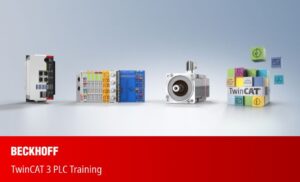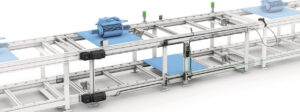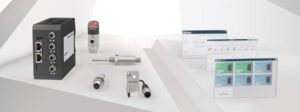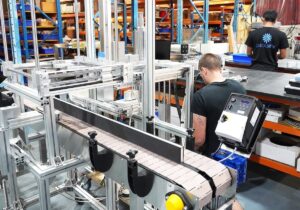It is a great time to be a small business in manufacturing. Today’s digital disruption is about ideas, not major capital investments or facilities with sprawling footprints.
Although it’s true that larger companies possess more resources, with the right technology, small companies can behave like large ones – while still retaining the agility that makes them perfectly suited to the digital era. Here’s a closer look at four reasons why small-to-midsized enterprises (SMEs) are ideally poised to win big in the 21st Century, and how technology can provide the capabilities needed to do so.
Innovation and investment
This is the era of innovation—and not just in product design, but also in operational technologies. The Internet of Things (IoT) is driving much of this innovation. Sensor-generated data are paving the way for new offerings that are born from collected and analysed data points. Innovation is also taking the form of new business models, partnerships and co-manufacturing. SMEs are well suited for this type of out-of-the-box thinking.
Crowd-sourcing and venture capitalists are helping start-ups execute the next great idea. Technology also plays a part as e-commerce, supply chain visibility, and predictive analytics all help online storefronts to manage large volumes of commerce with minimal overhead.
Barriers to entry
For decades in manufacturing’s history, starting a new operation meant inheriting, buying, or building a factory—and then filling it with expensive machinery and equipment. During the last decade, investing in robotics became a necessity for automating processes and keeping pace with the competition. This has all changed, seemingly overnight.
Today, capital investment in machinery is still a budget necessity for many SMEs, but now companies often specialise as tier-two suppliers, fabricators, or subcontractors. This means they can focus on investing in one type of machinery rather than a wide spectrum. Other prerequisites that were barriers to entry in the past have also faded. Proximity was once a major concern: Suppliers had to be located near original equipment manufacturers (OEMs), and distribution warehouses had to be near population centers and transportation and logistics hubs. The advent of the global supply chain, expedient delivery, affordable transportation costs, and reliability of worldwide suppliers makes the old notions about proximity obsolete.
Technology supports this fundamental change by giving SMEs access to buyers, as well as visibility into product availability and supply chain resources. If the small company has a professional website, reliable e-commerce, and international pricing and shipping abilities, it can sell its goods to anyone who has a smartphone and the necessary funds.
Service-centric
The customer relationship is more important than ever in manufacturing. To overcome the risk of commoditisation, manufacturers are turning to service-centric business models. The customer experience is a good way to differentiate from similar competitors. Plus, excellent service does not require massive capital investment or a large workforce. SMEs, therefore, have a good opportunity to fill a service need, such as aftermarket service, maintenance contracts, or managing warranties.
Focusing on service is a growing trend. Manufacturers are starting to offer services or outcome-based offerings, rather than just products. IoT technology makes this type of business model possible – and profitable. Data collected from smart sensors help companies provide services that are highly efficient and productive. IoT data can also be leveraged to help R&D teams sense what customers are wanting and where product design is working – and identify room for improvements. Small companies, as well as large ones, can analyse data from sensors to make highly informed decisions and enable automated responses. Systems are set up so that sensors, artificial intelligence, algorithms, and automation perform the heavy lifting.
Agility
With the speed of change today, manufacturers must be agile in responding to new demands from customers, emerging opportunities, and changing threats from the competition. SMEs are masters of agility. Unlike large enterprises, which go through layers of decision-makers and rigid approval structures, SMEs can identify an opportunity or challenge and take swift steps to respond. SMEs still need to be confident in their decision-making ability, relying on data-points, projections, and reliable business intelligence.
Once again, technology provides the necessary arsenal. Advanced business intelligence solutions give SMEs the same abilities as an enterprise with a large staff of market researchers and data analysts. Business intelligence software can, in fact, provide an added advantage, allowing the company to easily predict future opportunities, be proactive, and be the first to offer new product innovations.
Parting thoughts
Small manufacturers play a critical role in the industry, acting as suppliers, subcontractors, fabricators, and catalysts for the entire industry to work harder, innovate more, and push the creative envelope. Small businesses enjoy many advantages, such as agility and their ability to seize new opportunities without the hassles of multi-level approvals. They also face more than their fair share of hurdles because they have limited staffing resources and often limited capital to invest.
By investing in the right technology, small manufacturers can gain many of the abilities of their larger competitors. From business intelligence tools and e-commerce, to service solutions and IoT, small businesses can enjoy the same game-changing capabilities as their larger counterparts.
Source: AMTIL








